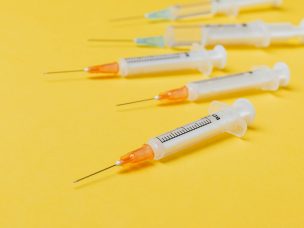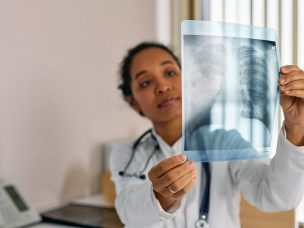Age-related macular degeneration (AMD) is the leading cause of legal blindness in elderly individuals in Western countries. In this study, researchers sought answers regarding whether or not people who consume alcohol have a higher risk of developing AMD.
A prospective study was conducted of 32,764 female nurses and 29,488 male health professionals who were 50 years old and had not been diagnosed with AMD. Additional subjects were added as they reached 50 years of age. Subject alcohol intake was assessed at baseline and updated throughout the study.
Evaluations consisted of subject completion of a food-frequency questionnaire. Separate analyses for men and women and pooled estimates were performed to calculate the relationship between alcohol intake and AMD risk. Additional variables such as smoking, age, and other risk factors were controlled.
Of the subjects, 298 women and 153 men were diagnosed with dry AMD or wet AMD with a visual acuity loss of 20/30 or worse. The pooled relative risks and 95% confidence intervals for AMD compared with nondrinkers were 1.0 for drinkers who consumed 0.1 to 4.9 g of alcohol daily, 0.9 for 5 to 14.9 g/d, 1.1 for 15 to 29.9 g/d, and 1.3 for 30 g/d or more. Female subjects experienced a modest increased risk of dry AMD in those who consumed 30 g/d or more.
In conclusion, the results of this study do not indicate an inverse relationship between moderate alcohol consumption and the development of AMD. A call to action is made for further research to determine additional risk factors for AMD [1].
Source:
[1] Cho, E. (2000). Prospective Study of Alcohol Consumption and the Risk of Age-Related Macular Degeneration. Archives of Ophthalmology, 118(5), 681. https://doi.org/10.1001/archopht.118.5.681










